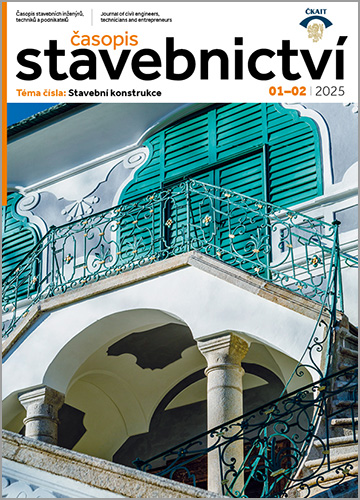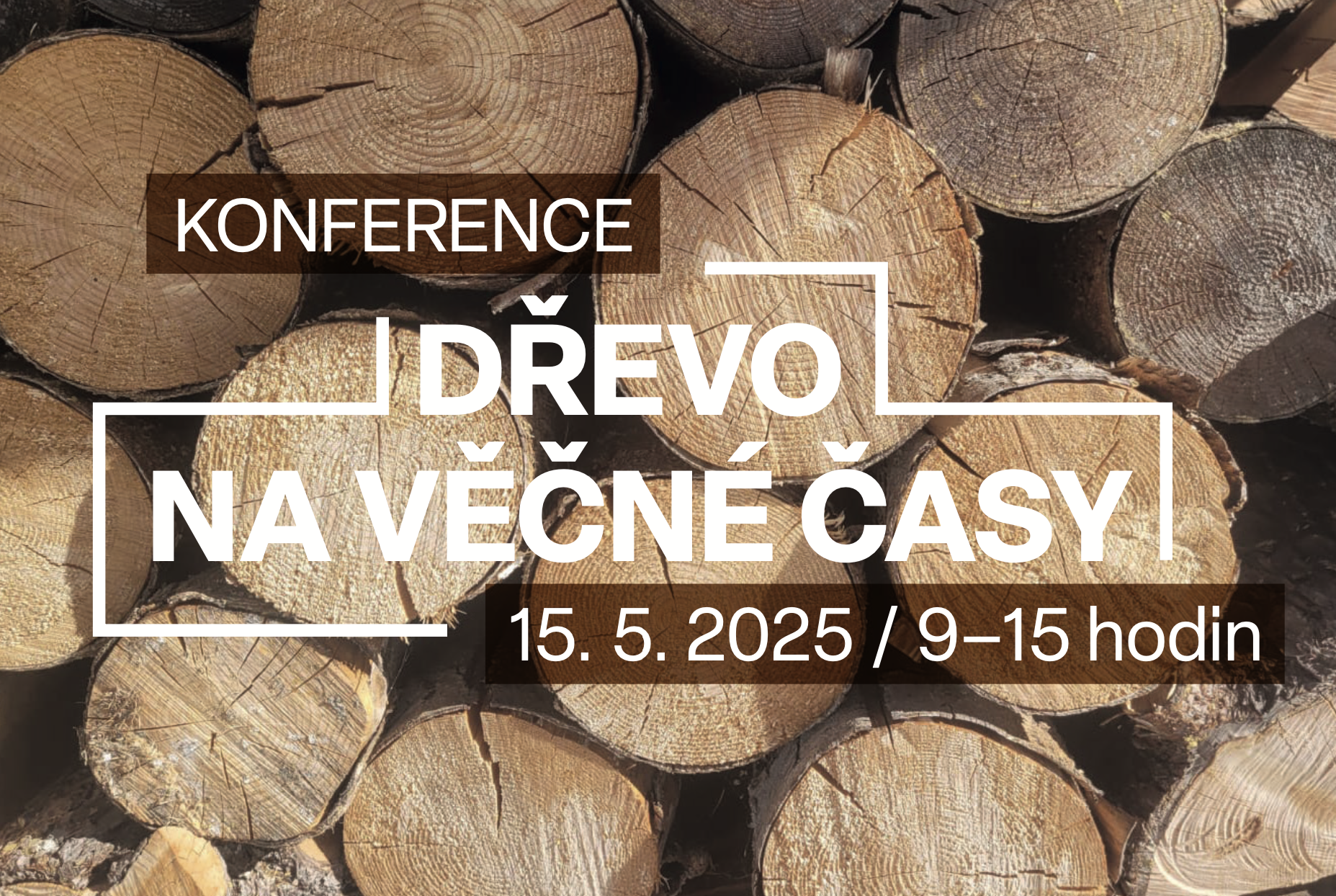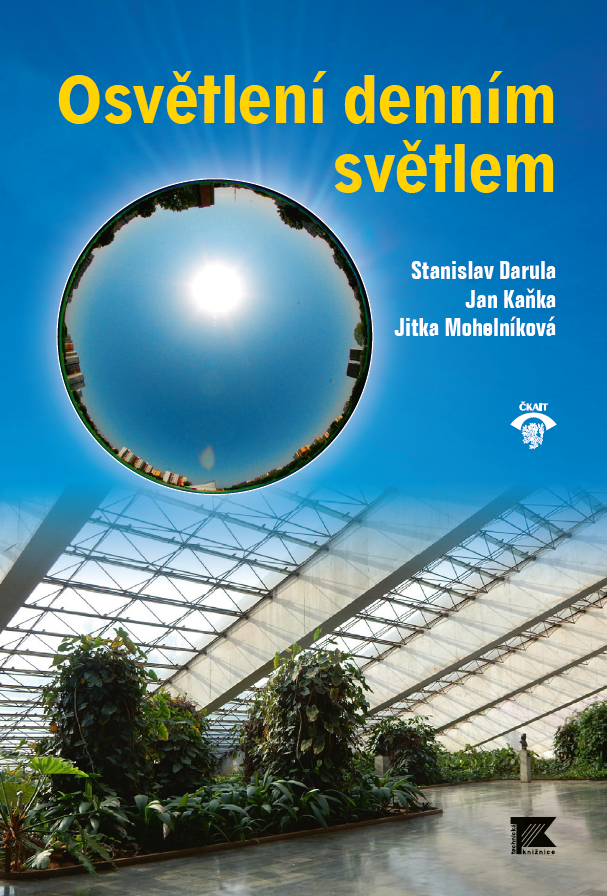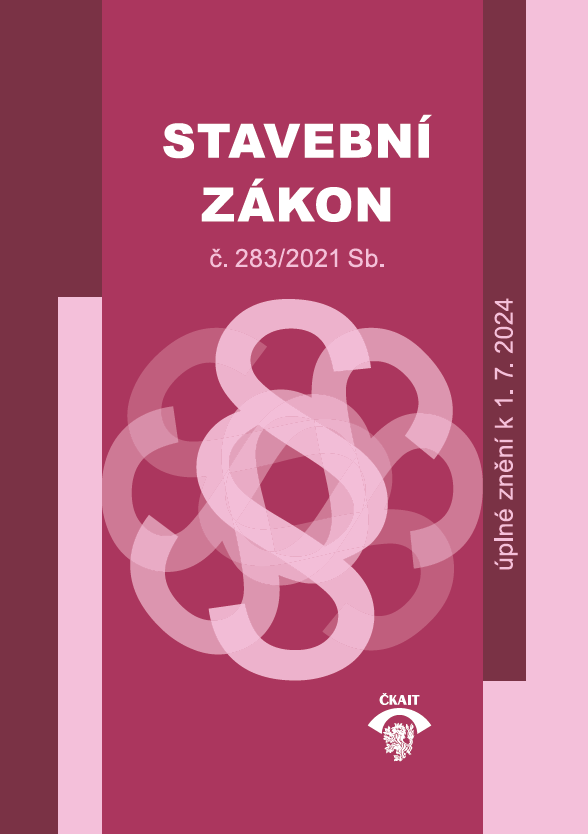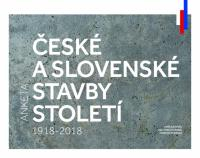TOB 2/2017
Editorial
Jubilee – prof. Ing. Zuzana Sternová, PhD.
Projection, Theory, Surveys
Precast concrete ceilings with polystyrene lining
Tomáš Pospíchal
This article is focused on equivalent properties of ceiling constructions with EPS blocks, on evaluation of typical constructions and details and the final assessment of functionality of the EPS blocks in the ceiling construction.
Numerical analysis of drying the wet aerated concrete walls of unfinished buildings during time variation of application ETICS
Marián Vertaľ, Anna Vašková
There is a common effect of an increased moisture in the structure of the unfinished buildings exposed to the weather conditions. Application of surface layers including ETICS on wet walls in the new residential buildings causes slowdown of drying walls, and is followed by an unwanted impact. Using a simulation of a complex heat and water transfer, there is analysed depletion of water out of the wet walls, then anoptimum time for application ETICS is searched.
Green roofs and walls: analysis of positive impacts on microclimate of buildings and cities
Pavel Dostal
Green roofs and facades have positive impacts not only on buildings, but also on the surrounding environment. This article summarizes significant findings of contemporary research on the impact of green roofs and facades on microclimate of buildings as well impacts on the microclimate of cities. Using positive functions of greenery, the article builds an argument that green roofs are not only an esthetic but above all a functional element in civil engineering.
Laws, Technical Regulations, Standards and Recommendations
How big is the risk of fire in the external thermal insulating composite systems (ETICS)?
Pavel Zemene
Since September 2016, an amendment to fire standard ČSN 73 0810:2016 [8] has entered into force, which, among other things, regulates the requirements for External thermal insulation composite systems (ETICS).
In this context, a number of mid-scale and large-scale tests of EPS have been carried out to test equivalent solutions of overheads and foundations of ETICS.
With the use of these approved design solutions, it is possible to continue to use advantage of all the benefits of EPS, ranging from insulation properties to moisture, mechanical properties, long service life and stability and end-to-end performance. This contribution deals with proportionality of the ETICS fire requirements.
Vegetation layers of green roofs – design standards, implementaion and maintenance
Samuel Burian, Jitka Dostalová, Martin Dubský, Petr Halama, Karel Chaloupka, Jiří Komzák, Roman Paťava, Marie Straková, František Šrámek, Petr Vacek, Josef Vokál
This document addresses the issue of green roofs.
Realization and Quality of Buildings, their use
Thermo-technical adjustments of the NPÚ Ostrava building
Marie Bartošová
Demonstration of NPU monument care principles during renovation and reconstruction of an interwar building designed for medical, social and administrative purposes. The NPÚ as a builder, user and professional organization, has applied thermo-technical and energy-saving adjustments recommended by the energy audit while respecting the monument values.
Energy-savings Buildings
Series of Koberovy Family Houses in Review
Jan Tywoniak
Impact of Koberovy family house project on passive house development in Czechia.
Buildings with nearly zero consumption – comparison of energy standards
Michal Čejka, Jan Antonín
Aim of this article is to introduce building energy efficiency standards in simplified form and their comparison with requirements to nearly zero energy buildings in mutual context.
Indoor Climate Quality of Buildings
Influence of thermal storage mass on summer thermal stability in passive houses: Introduction to the topic
Martin Němeček, Miloš Kalousek
This article describes the relation between internal thermal storage mass and summer thermal stability of passive houses. The main emphasis is put on the buildings without a mechanical cooling within climatic conditions of Central Europe and on the accumulation of sensible heat in the construction of buildings. Finally there is a comparison of various traditional building materials and constructions based on their effectiveness of heat storage capacity.
Education – Conferences – Reviews
A unique book for young children about modern living
Info Service
The Green Savings programme – news 2017
Journal Thermal protection of buildings celebrates 20th anniversary
Milan Machatka
Information of CZB
Information of CZB


